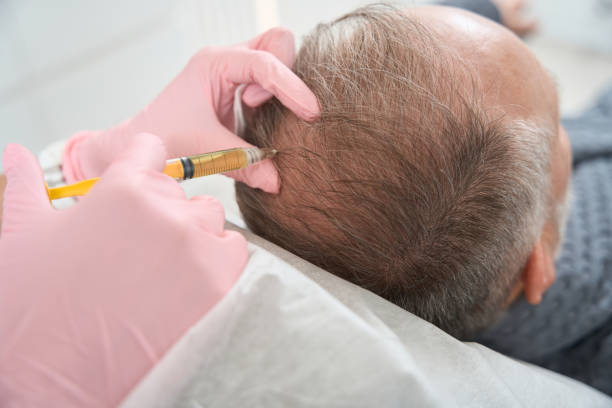Acne can occur at any age.
“It is not as if you turn 20 years old and your acne disappears,” says Anna Axelson, M.D., a dermatologist with Henry Ford Health. A number of factors, such as genetics, lifestyle, and fluctuating hormonal levels, can cause acne.
What is Acne Really?
Acne affects more than 50 million Americans every year. But most don’t know what it is.
Acne can be anything from simple whiteheads or blackheads to painful boils.
Dr. Axelson explains that red, raised lesions are caused by a buildup of dead skin cells and oil in the pores. This triggers an inflammatory reaction. Hormonal factors also play a major role. This is why women can experience acne during their period, pregnancy, and menopause.
What to do and what not to do when treating acne-prone skin
To treat acne effectively, you need to be proactive. This means establishing a skincare regimen that keeps bacteria and excess oil at bay. Here are some dos and don’ts from Dr. Axelson for acne-prone skin.
Please keep it clean.
Wash skin at least twice daily (no less, no more). Choose a wash that contains active ingredients. To reduce any irritation caused by acne treatments, gentle cleansers that do not have active ingredients can be helpful. Consider using an exfoliating cleanser once or twice a week to remove dead skin cells.
Look for active ingredients.
Your skin type and acne type will determine the active ingredients that you use. Doctors recommend acne treatments and cleansers that contain four active ingredients.
- Benzoyl peroxide
- Salicylic acid
- Adapalene
- Retinol
Each of these ingredients helps to dry the skin, preventing acne. Dr. Axelson suggests using a benzoyl-peroxide cleanser at night and an adapalene/retinol product in the morning.
Wear SPF
Wearing a broad-spectrum, oil-free sunscreen every day is the best thing that you can do to protect your skin. When you are treating acne, wearing sunscreen is essential because retinol and other ingredients, such as benzoyl peroxide or salicylic acids, make your skin more susceptible to the sun. Sunscreen can also help reduce the dark spots or redness that may persist after acne is healed.
Do moisturize
Although it may seem counterintuitive, moisturizing skin that is already oily can be beneficial to maintain the skin’s natural barrier and keep the skin hydrated. Choose a moisturizer labeled as noncomedogenic and oil-free, and it will not clog your pores or cause acne.
Don’t over-exfoliate
Over-exfoliating the skin can worsen acne and irritate.
You won’t see results right away.
It will take at least six or eight weeks before you notice any noticeable differences. Do not give up!
Wear light makeup
Makeup that is oil-based or heavy can cause acne and clog the pores. These products can also restrict the ability of your skin to breathe.
Do not pop your pimples.
Picking or popping pimples can make them look worse and prolong the healing process. It also increases the chance of scarring.
Acne: How to Take Charge
A good skincare routine can help reduce acne symptoms and even prevent outbreaks. Unfortunately, there is no quick fix for acne. You may need to wait up to three months before you see any noticeable results from using a new skincare product. It’s important to stick to a daily regimen and not only when you notice a breakout.
Consult a dermatologist if you’re having trouble treating acne and the over-the-counter products aren’t working. Dr. Axelson advises that it’s crucial to take proactive measures to treat acne to prevent scarring.
With your dermatologist, design a consistent regime your skin can tolerate. This may include options in the office, such as peels and laser treatments. Microneedling is also an option. A routine of dermatologist-approved treatments should put you on the path to clearer skin.





